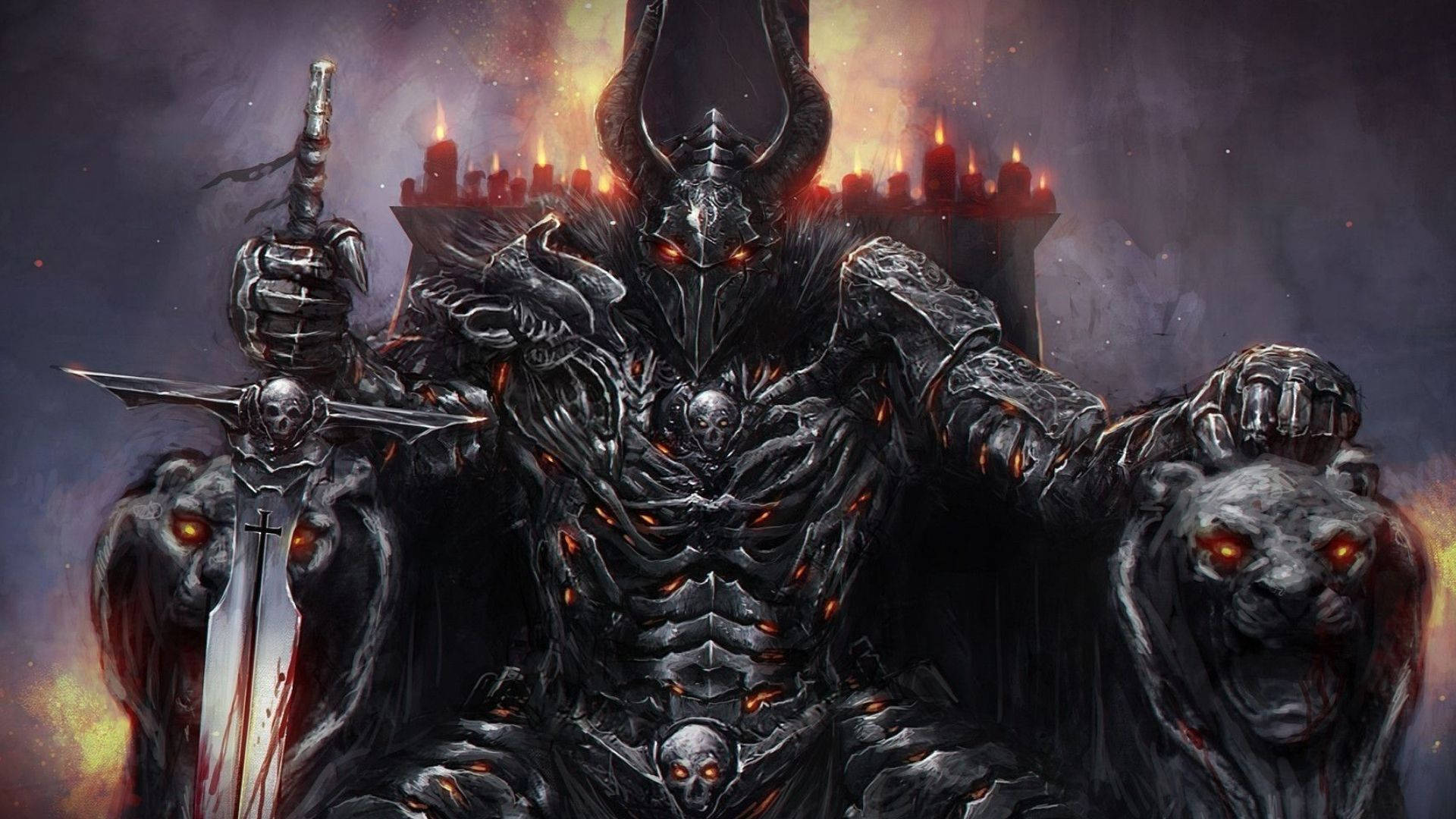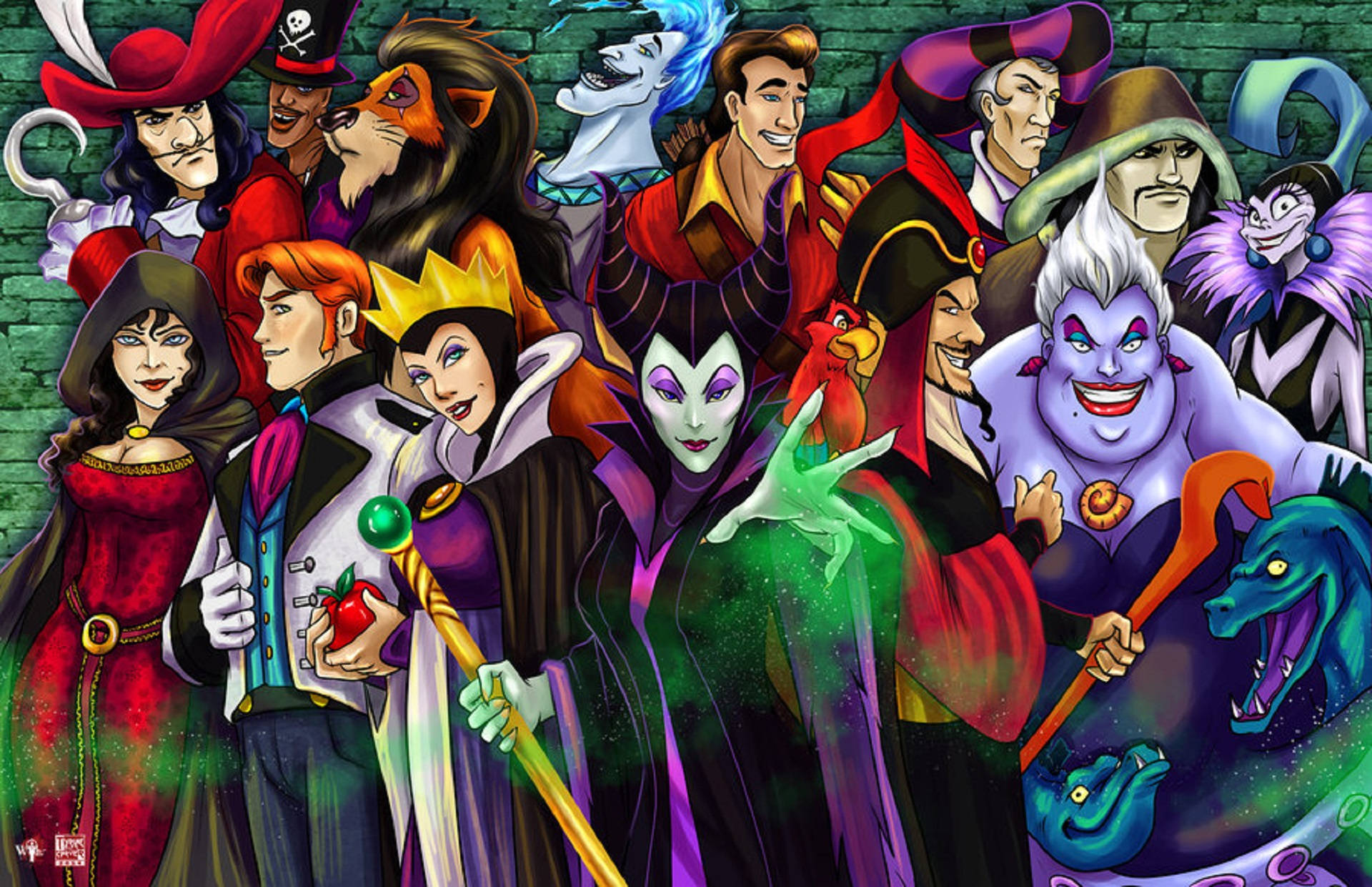
Hollywood has long been known for its reliance on established formulas, narratives, and character archetypes, often returning to methods that have proven successful in captivating audiences. Yet, the landscape of cinema is constantly evolving, driven by changing viewer preferences, technological advancements, and a growing demand for more nuanced and realistic storytelling. While some movie tropes remain stubbornly persistent, others have quietly, or perhaps loudly, faded from our screens, no longer resonating with contemporary sensibilities.
What once felt like thrilling or genuinely romantic plot devices can now strike modern viewers as sluggish, unrealistic, or even insulting. The collective sophistication of today’s audience means that easy narrative shortcuts and predictable character beats are increasingly scrutinized and, ultimately, dismissed. This shift reflects a broader maturation in how we consume and appreciate cinematic narratives, pushing filmmakers to innovate and adapt their craft.
We’re about to embark on an insightful journey, meticulously examining a selection of these out-of-date stereotypes that modern audiences are more inclined to dismiss. From the simplistic character portrayals of yesteryear to the implausible technological feats and convenient plot resolutions, these vanished tropes offer a fascinating look into the evolution of screenwriting and what it takes to truly engage an audience in the 21st century. Join us as we explore the first half of these forgotten mainstays and understand why they no longer hold sway.

1. **The “Damsel in Distress”**For decades, one of the most pervasive and defining clichés in adventure and action films was undoubtedly the “Damsel in Distress.” This trope invariably featured a helpless woman, often of high status or significant importance to the plot, whose primary role was to be captured, endangered, or otherwise placed in a precarious situation, existing solely for a male protagonist to rescue her.
Her peril served as the central catalyst for the hero’s journey, providing motivation and a clear objective for his valiant efforts. The narrative weight of the story often hinged on her vulnerability, with her eventual salvation marking a pivotal moment of triumph and often, romantic culmination. This dynamic dominated storytelling across countless genres, cementing a specific, often passive, role for female characters.
However, the winds of change have swept through cinematic storytelling. Modern audiences have increasingly rejected this outdated construct, expressing a clear preference for characters who exhibit agency and strength. The passive victim awaiting salvation no longer resonates with contemporary values, which champion equality and self-reliance.
Today’s viewers are drawn to strong, capable female characters who are not merely reactive but actively drive their own stories. These characters are often depicted as resourceful, intelligent, and physically adept, tackling challenges and overcoming obstacles through their own initiative. Their arcs are independent and compelling, shifting the focus from being saved to being saviors in their own right, reflecting a more progressive understanding of gender roles and heroism.
Read more about: Fast & Furious: Unpacking the High-Octane Moments Where Logic Skidded and Reality Took a Backseat

2. **The “Evil for No Reason” Villain**In the annals of classic cinema, the archetypal villain often needed little more than a sinister smirk and a penchant for maniacal laughter to establish their wickedness. This “Evil for No Reason” antagonist would twirl a metaphorical (or literal) mustache, embody pure malice, and exist primarily as an opposing force to the hero, with their evil nature being self-evident and requiring no further explanation.
Such villains, characterized by their inexplicable malevolence, were once sufficient to propel a plot forward. Their simple, unambiguous wickedness provided a clear antagonist for the audience to root against, simplifying the moral landscape of the story. The thrill came from seeing the hero overcome this embodiment of pure evil, rather than understanding the villain’s psychological underpinnings.
Yet, as storytelling evolved, so too did audience expectations for antagonists. Viewers are no longer content with one-dimensional depictions of evil. The simplistic, unmotivated villain now feels hollow and unrealistic, failing to capture the complexity of human nature and the darker facets of the psyche.
Modern audiences demand villains with depth, motive, and well-constructed backstories that explain their behavior. They seek to understand the origins of their malice, the traumas that shaped them, or the twisted logic that drives their actions. This shift reflects a desire for psychological realism, transforming antagonists from mere plot devices into complex characters whose motivations, however dark, are comprehensible and, at times, tragically compelling.

3. **The “Running to the Airport” Finale**For a considerable period, romantic comedies found their dramatic climax, and often their most heartwarming resolution, in the “Running to the Airport” Finale. This trope typically involved a frantic, last-minute dash by one of the protagonists to an airport, desperately attempting to profess their undying love before their significant other departed on a life-changing flight, usually to a far-off destination.
These scenes were designed to be grand, cinematic declarations of love, symbolizing a character’s willingness to overcome all obstacles—traffic, security, and the sheer impossibility of the timing—to prevent a separation. It was a grand gesture, meant to encapsulate the passion and urgency of true romance, confirming that love could conquer distance and impending farewells.
However, the practical realities of the modern world have rendered this once-charming trope decidedly dated. In an era dominated by instant communication, the narrative necessity of such a dramatic pursuit has largely evaporated. With the ubiquity of texting, FaceTime, and other forms of video calls, a last-minute confession no longer requires a desperate physical sprint through a crowded terminal.
Moreover, the post-9/11 era introduced significantly stricter airport security protocols, making the idea of an unhindered dash to the gate to intercept a passenger feel utterly impractical and unrealistic. The romantic spontaneity of the past has given way to a more pragmatic and secure environment, stripping the trope of its believability and making it a relic of a bygone cinematic age.

4. **The “Amnesia Fixes Everything” Plot**In the realm of old dramas, a convenient and frequently employed plot device for generating instant tension and conflict was the “Amnesia Fixes Everything” trope. Characters would suddenly lose their memory, often as the result of an accident or traumatic event, only to recover it at precisely the most opportune and dramatic moment in the narrative, allowing for a swift resolution or revelation.
This temporary memory loss served as a versatile storytelling crutch, enabling writers to introduce mysterious pasts, facilitate mistaken identities, or simply wipe clean a character’s slate to allow for a new beginning. The dramatic recovery of memory, often triggered by a familiar object or person, was designed to provide a powerful, emotional climax, tying up loose ends with sudden clarity.
Yet, modern audiences have grown increasingly wary of such simplistic solutions to complex narrative problems. They perceive the “Amnesia Fixes Everything” plot as a cheap way to create tension without investing in meaningful character development. It bypasses the arduous process of internal struggle, psychological healing, or genuine conflict resolution, offering an easy button for writers.
Today’s viewers seek authentic character arcs, where individuals confront their pasts, navigate personal growth, and actively work through their challenges rather than having them magically erased or restored by a plot contrivance. The demand is for psychological depth and earned emotional outcomes, making instant memory recovery feel like an unearned shortcut that undermines the integrity of the story.

5. **The “Enhance the Image” Tech Scene**For many years, detective and action films regularly featured a staple of cinematic technology: the “Enhance the Image” tech scene. This involved characters, often highly skilled but dramatically portrayed tech experts, taking a grainy, pixelated security camera image or a blurry photograph and, with a few keystrokes and exaggerated zooming, rendering it perfectly crystal clear, revealing crucial details like a license plate or a suspect’s face.
These scenes were designed to showcase advanced, almost magical, technological capabilities, suggesting that given enough computing power, any visual imperfection could be resolved. They served to move the plot forward rapidly, providing vital clues that would otherwise be impossible to obtain, creating an air of high-tech ingenuity and problem-solving prowess within the narrative.
However, the widespread understanding of how real-world technology operates has exposed this trope as fundamentally flawed and unrealistic. Viewers today are far savvier about the limitations of digital imaging and the fundamental principles of resolution. They understand that you cannot create information where none exists; pixels cannot simply be conjured into clarity from an inherently low-resolution source.
Consequently, these once-thrilling scenes now often elicit eye-rolls and scoffing from an informed audience. The gratuitous, technically impossible “enhancement” has become a shorthand for lazy writing, signaling a lack of commitment to realism and a reliance on cinematic fantasy over believable technological representation. The magic has worn off, replaced by a critical awareness of scientific accuracy.

6. **The “One Phone Call Solves It All” Moment**In the classic action and thriller films of yesteryear, a pervasive and remarkably convenient plot device was the “One Phone Call Solves It All” moment. Our hero, often facing an impossible predicament—trapped, outmaneuvered, or in desperate need of critical information—would simply make a single phone call to “the right person,” and miraculously, their insurmountable problems would be resolved.
This “right person” could be an old contact, a government official, a shadowy informant, or a tech wizard, whose ability to cut through red tape or provide instant solutions was boundless. The call would effortlessly provide the necessary resources, intelligence, or clearance, ensuring the hero could continue their mission without significant bureaucratic or logistical delay.
Modern audiences, however, have developed a much more sophisticated understanding of real-world logistics and systemic complexities. They expect more realistic storytelling that acknowledges the inherent challenges of large organizations, intricate hierarchies, and the often-frustrating reality of bureaucracy. The idea that a single, brief conversation can undo layers of problems now feels utterly implausible.
Today’s viewers recognize that critical information is rarely available with a single dial, and significant favors or resources demand more than a simple request. This trope has vanished because it simplifies complex processes to an unbelievable degree, underestimating the intelligence of an audience that appreciates the gritty, often frustrating, details of problem-solving in a believable world.
7. **The “Everything Explodes” Ending**During the ’80s and ’90s, cinematic flair often manifested in the “Everything Explodes” ending, a trope where over-the-top pyrotechnics became the default punctuation mark for dramatic conclusions. Whether it was cars, computers, entire buildings, or seemingly innocuous objects, movies loved to feature exaggerated and often gratuitous explosions, seemingly for the sheer spectacle of it all.
These fiery finales were intended to provide a thrilling, visually impactful climax, leaving audiences with a memorable burst of destruction and excitement. The scale of the explosions often correlated with the film’s perceived intensity or the grandiosity of its plot, signaling that the stakes were high and the resolution appropriately bombastic.
However, contemporary viewers have grown increasingly discerning, recognizing when explosions are thrown into a scene merely for spectacle without logical narrative justification. The indiscriminate use of pyrotechnics without a clear, believable reason for their occurrence now feels lazy and uninspired, detracting from the story rather than enhancing it.
Modern audiences seek relevance and consequence in their action sequences. They prefer explosions that serve a purpose within the plot, such as destroying a specific target, creating a diversion, or symbolizing a character’s sacrifice, rather than simply being a visually impressive, yet ultimately hollow, special effect. The era of gratuitous, logic-defying detonations has largely passed, replaced by a demand for more purposeful and impactful visual storytelling.
Continuing our analysis of cinematic clichés that have mercifully faded from our screens, we now delve into seven more narrative shortcuts that once dominated filmmaking. These disappearing acts reveal a fascinating evolution in storytelling, driven by a demand for greater realism, psychological depth, and genuine character agency. As audiences grow more discerning, filmmakers are increasingly compelled to craft stories that respect intelligence and reflect the complexities of the modern world, making these once-ubiquitous tropes feel like relics of a bygone era.

8. **The “Fake Computer Hacking” Montage**For a significant period in film history, the representation of computer hacking on screen was a spectacle of flashing lights, scrolling green code, and furiously fast typing. These “Fake Computer Hacking” montages were designed to project an aura of advanced technical prowess, rapidly moving the plot forward by depicting complex digital tasks as if they were accomplished in mere seconds with an almost magical efficiency. It was a visual shorthand that conveyed urgency and technological wizardry without delving into the actual intricacies of cybersecurity.
This trope often relied on the audience’s limited understanding of computing, allowing filmmakers to create instant solutions or expose vital information through highly stylized, yet fundamentally unrealistic, digital displays. The sound of rapid keyboard clicks combined with a dramatic visual interface served to build tension, suggesting that crucial data was being accessed or a system infiltrated against an imminent deadline. It was a convenient device for narrative progression, avoiding the potentially tedious reality of actual hacking.
However, the proliferation of personal computers and the widespread growth of digital literacy have radically altered audience perceptions. Today, most viewers possess a basic understanding of how technology functions, quickly recognizing the exaggerated and often absurd depictions of hacking. The rapid-fire code scrolling and instant system breaches now tend to elicit eye-rolls rather than awe, underscoring a stark disconnect from reality.
As a result, these once-thrilling scenes now appear laughably fake to an informed audience. Filmmakers are increasingly pressured to portray technology with a greater degree of authenticity, often focusing on social engineering, prolonged reconnaissance, or more believable coding sequences. The era of the fantastical hacking montage has largely given way to a more grounded and credible approach to digital espionage.

9. **The “She Just Takes Off Her Glasses” Makeover**A pervasive and often cringeworthy trope in romantic comedies and teen dramas was the infamous “She Just Takes Off Her Glasses” Makeover. This cliché invariably depicted a protagonist, typically an intelligent yet seemingly unremarkable woman, undergoing a dramatic transformation into breathtaking beauty simply by removing her glasses, loosening her hair, and perhaps swapping out a sweater for a more form-fitting outfit. The implication was that her intelligence or perceived ‘nerdiness’ was directly linked to her ‘unattractiveness.’
This narrative device served to reinforce superficial beauty standards, suggesting that a woman’s true appeal was masked by accessories or a lack of conventional styling. It positioned the removal of glasses as a symbolic shedding of an undesirable persona, unlocking a hidden allure that was always beneath the surface. The makeover wasn’t about character growth, but an external validation, implying that her value was tied to conforming to a narrow aesthetic ideal.
Contemporary audiences have widely rejected this trope as both insulting and deeply outdated. It perpetuates harmful stereotypes, implying that intellect and attractiveness are mutually exclusive, or that glasses inherently diminish one’s beauty. Such a simplistic transformation undermines the complexity of individual identity and fails to celebrate diverse forms of beauty and intelligence.
Modern storytelling increasingly champions characters who are valued for their personalities, intelligence, and unique qualities, rather than undergoing a superficial transformation to gain acceptance. Female protagonists are now celebrated for their authentic selves, driving narratives that prioritize inner strength and agency over external validation, thus relegating the ‘glasses-off’ makeover to the dustbin of cinematic history.

10. **The “Villain Explains the Whole Plan” Scene**For decades, many cinematic antagonists were prone to an inexplicable compulsion: they would meticulously detail their entire nefarious scheme to the hero, often at the most inconvenient moment for themselves, just before the hero’s inevitable escape. This “Villain Explains the Whole Plan” scene was a prevalent narrative crutch, serving as a convenient exposition dump that clarified motives, elaborate traps, and the grand scope of their evil intentions.
These monologues often occurred when the hero was captured, seemingly helpless, allowing the villain to savor their moment of perceived triumph. It was a dramatic flourish intended to heighten the stakes and provide the audience with a comprehensive understanding of the antagonist’s strategy, inadvertently equipping the protagonist with all the necessary information to eventually thwart them. The villain’s hubris was often their undoing.
However, modern audiences have grown significantly more sophisticated in their understanding of character intelligence and narrative realism. A truly cunning and effective villain would never jeopardize their painstakingly crafted plot by broadcasting every intricate detail to their captive adversary. Such an action now feels less like dramatic irony and more like a forced contrivance to deliver exposition.
Today’s storytelling demands smarter antagonists whose plans unfold through subtle actions, unexpected twists, or are painstakingly uncovered by the protagonists themselves. The era of the verbose villain has largely passed, replaced by more insidious and less self-sabotaging forms of evil. Villains now demonstrate their brilliance through execution, rather than through convenient, plot-serving soliloquies.

11. **The “Token Minority Friend”**In past decades, films often included a character known as the “Token Minority Friend,” a single non-white character whose primary purpose seemed to be checking a diversity box rather than contributing meaningful narrative depth. These characters frequently lacked their own arc, motivations, or significant personal development, existing almost solely to support the main (often white) protagonist or provide a specific, often stereotypical, perspective.
This trope was a superficial attempt at inclusivity, designed to signal a film’s progressive intentions without genuinely integrating diverse voices or experiences into the core fabric of the story. The ‘token friend’ was typically relegated to a secondary, often voiceless role, a background figure whose presence was more performative than substantive. Their existence was about representation on the surface, rather than authentic character building.
Today, this outdated trope is widely criticized as lazy, harmful, and deeply inadequate. It reduces complex individuals and entire demographic groups to a mere symbolic gesture, failing to acknowledge the richness and variety of human experience. Audiences increasingly recognize and reject this kind of shallow representation, demanding more authentic and well-developed characters from all backgrounds.
Modern storytelling strives for genuine diversity, where characters from various ethnic and cultural backgrounds are organically integrated into the narrative, possessing their own agency, complex motivations, and distinct storylines. These characters are not just present; they are central to the plot, reflecting a more nuanced and respectful approach to depicting a diverse world on screen.

12. **The “Love Solves Everything” Ending**For many years, classic films, especially romantic dramas, often culminated in a “Love Solves Everything” ending. This trope implied that the mere presence or achievement of romantic love magically resolved all of a character’s personal problems, from deep-seated psychological trauma to career struggles, familial conflicts, or existential crises. It presented love as an ultimate panacea, a universal cure-all for life’s myriad challenges.
This narrative device offered a comforting, idealistic vision, where emotional connection was portrayed as the singular force capable of bringing absolute happiness and stability. It provided audiences with a neat, often saccharine, resolution, suggesting that once the romantic pairing was solidified, all other conflicts would effortlessly fall into place. The final kiss or embrace often signified the end of all suffering.
However, contemporary audiences have developed a much more nuanced understanding of human relationships and the complexities of life. They recognize that while love is a powerful and enriching force, it does not magically erase personal demons, solve financial woes, or instantly heal deep emotional wounds. Relationships, in reality, require effort, communication, and often the individual work of self-improvement.
Modern narratives increasingly shy away from such simplistic resolutions, preferring endings that reflect reality, where love is an important part of a broader journey, but not a magical fix. Characters may find happiness in love, but they often still grapple with personal growth, unresolved issues, or external challenges, lending a more authentic and relatable texture to their stories.

13. **The “Quick Sand Trap”**Once a ubiquitous staple of adventure films and serials, the “Quick Sand Trap” trope depicted quicksand as a deadly, ever-present peril lurking in exotic jungles, deserts, and swamps. Characters would invariably stumble into seemingly inescapable pits of sinking earth, leading to desperate, often comedic, struggles for survival and dramatic last-minute rescues. It was a go-to method for creating instant, high-stakes danger.
The cinematic portrayal of quicksand exaggerated its true nature, presenting it as a ravenous entity capable of swallowing individuals whole in a matter of seconds. This visual spectacle provided a clear, easily understood threat that could isolate characters or force heroic interventions, serving as a simple yet effective plot device to inject tension and excitement into an unfolding narrative. It was visually distinct and universally recognized as dangerous.
Yet, over time, audience members gained a more accurate understanding of natural phenomena. Viewers today know that quicksand is a relatively rare occurrence, and far less dangerous or all-consuming than Hollywood traditionally made it out to be. The scientific inaccuracies inherent in the trope have made it increasingly difficult for audiences to suspend their disbelief, turning what was once a thrilling danger into a source of unintentional humor.
Consequently, the quicksand trap has largely vanished from contemporary scripts, replaced by more realistic and grounded environmental threats. Filmmakers now lean into dangers that are either more scientifically plausible or serve a deeper metaphorical purpose, moving beyond the simplistic and often silly peril of an all-too-convenient patch of sinking earth.

14. **The “Everything Tied Up in 5 Minutes” Wrap-Up**A hallmark of older films was the “Everything Tied Up in 5 Minutes” Wrap-Up, a narrative convention where all lingering plot threads, character arcs, and thematic questions were neatly resolved within the final few minutes of the movie. This often involved a series of swift resolutions, epilogues, or expository dialogues that ensured every loose end was tied, every conflict resolved, and every character’s future clearly defined.
This trope provided a profound sense of closure, offering audiences a satisfying, unambiguous ending where justice was served, love was found, and all problems were definitively overcome. It aimed to leave no room for doubt or further contemplation, presenting a complete and final narrative package, a tidy bow on the cinematic experience that wrapped up every single character’s journey.
However, modern audiences have developed a greater appreciation for complexity, ambiguity, and the messy realities of life. They often prefer endings that leave room for thought, invite discussion, or even hint at future possibilities, rather than dictating every single outcome. The idea that all of life’s intricate problems can be resolved so cleanly in a brief montage now feels artificial and oversimplified.
Contemporary storytelling frequently embraces more open-ended conclusions, thematic nuances, or even deliberate cliffhangers, reflecting the unresolved nature of real life. These narratives encourage viewers to engage with the material on a deeper level, pondering what comes next or wrestling with moral ambiguities, moving far beyond the need for a perfectly parceled, all-encompassing resolution.
The disappearance of these once-staple cinematic tropes speaks volumes about the dynamic relationship between filmmakers and their audience. As viewers demand more intelligent, realistic, and nuanced storytelling, the old shortcuts that once captivated us now simply feel dated. This constant evolution ensures that cinema remains a vibrant, challenging, and ever-adapting art form, continually pushing the boundaries of what’s possible on screen and reflecting the world we live in with increasing authenticity and depth.




